The recent announcement of the $7 billion Solar for All grants on Earth Day, April 22, 2024, heralds a significant milestone in the United States’ clean energy journey. With 60 awardees committed to delivering $350 million in annual savings to low-to-moderate-income (LMI) households, this initiative marks a pivotal moment for multifamily housing, historically underserved in the landscape of clean energy transitions.
Traditionally, multifamily housing has faced barriers in accessing solar energy initiatives. The sector’s dynamics, with multiple tenants and landlords, create what is known as the “split incentive” problem. Landlords often hesitate to invest in solar systems when tenants are the direct beneficiaries, leading to a gap in low-to-moderate-income access to solar energy.
However, recent developments present avenues for change. Initiatives like Justice 40 underscore the federal government’s commitment to directing resources to LMI households. Moreover, the Biden-Harris Administration’s emphasis on Solar for All signifies a fundamental shift towards inclusive clean energy policies.
[Read also Community solar increases energy equity, report finds]One of the key advantages of multifamily housing lies in its scalability. Portfolio-wide implementation allows for the efficient deployment of solar projects across numerous units, maximizing impact. Additionally, the national nature of real estate ownership facilitates state-by-state fund deployments, ensuring broad accessibility.
Innovations such as SolShare offer promising solutions for on-site solar generation and consumption, directly benefiting apartment renters. These technologies align with a vision where solar energy becomes as integral to apartment amenities as air conditioning or in-unit laundry.
Policy measures, including tax credits and solar mandates, provide further impetus for multifamily solar adoption. California’s Title 24 mandate, for instance, requires newly constructed multifamily buildings to integrate solar panels, signaling a proactive approach to address the split incentive challenge.
Looking ahead, initiatives like Solar for All promise a future where multifamily housing is at the forefront of the clean energy transition. By bridging the gap between landlords and tenants, these programs not only reduce energy costs but also contribute to environmental justice and climate resilience.
The $7 billion Solar for All grants represent more than just a financial investment; they symbolize a commitment to equitable and sustainable energy solutions. As multifamily housing emerges as a key player in the solar revolution, it is poised to not only benefit from but also drive positive change in the clean energy landscape.

Mel Bergsneider is executive account manager at Allume Energy, responsible for business development in the U.S. market. As the first U.S.-based employee at Allume, Mel leads the Australian startup’s expansion across its target markets in the U.S. Mel works closely with affordable housing providers, solar installers, and real estate developers to provide solar energy benefits to tenants.
The views and opinions expressed in this article are the author’s own, and do not necessarily reflect those held by pv magazine.
This content is protected by copyright and may not be reused. If you want to cooperate with us and would like to reuse some of our content, please contact: editors@pv-magazine.com.
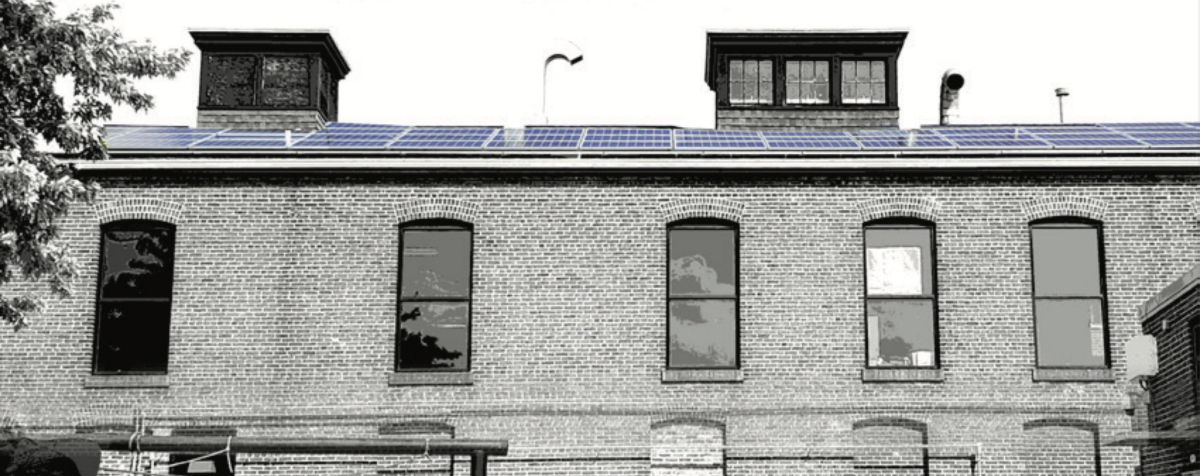
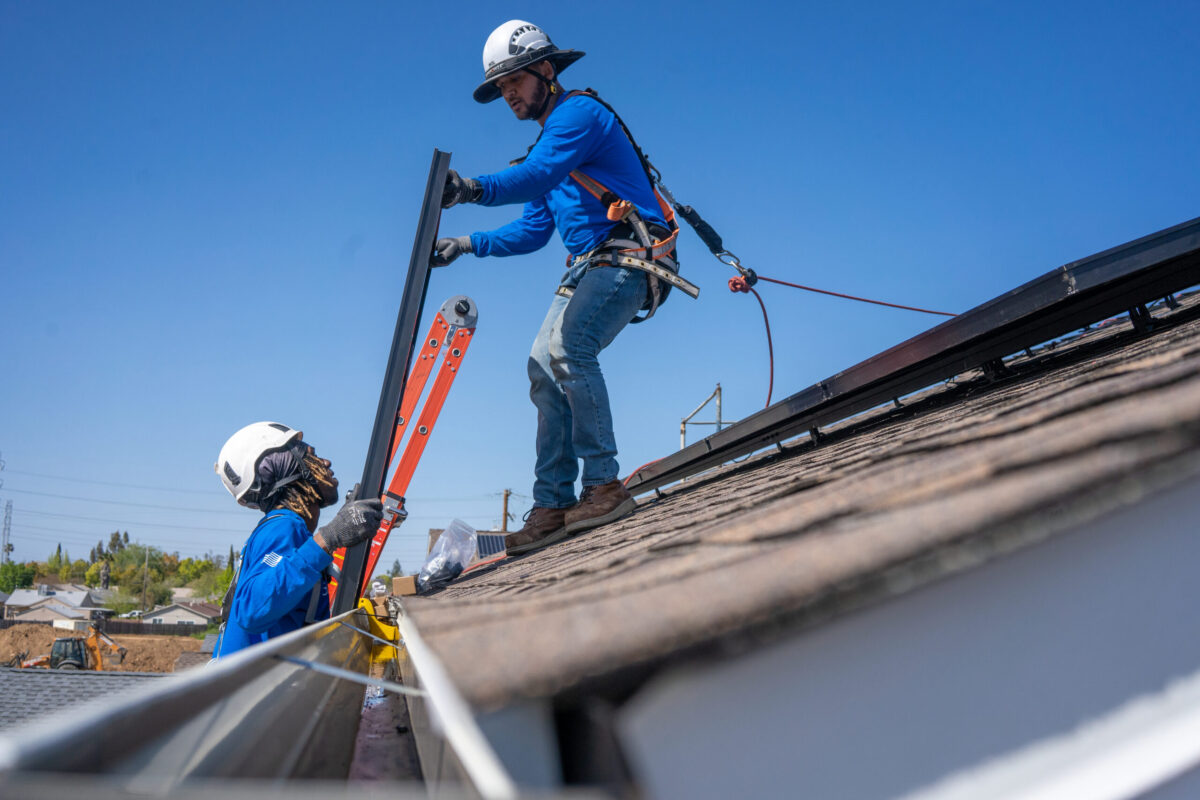

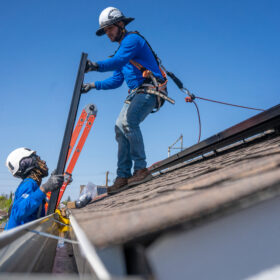
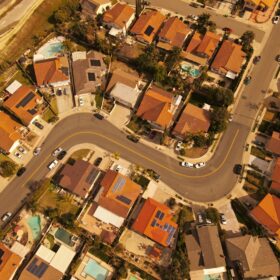
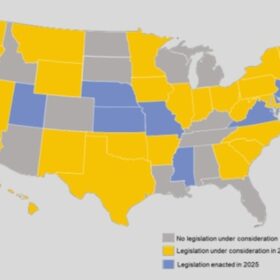
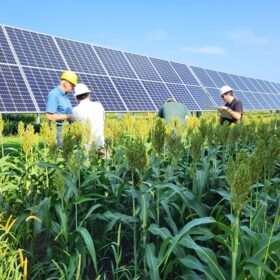
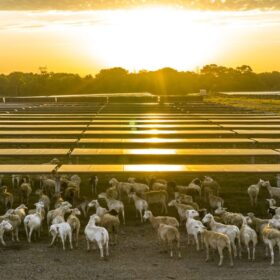
By submitting this form you agree to pv magazine using your data for the purposes of publishing your comment.
Your personal data will only be disclosed or otherwise transmitted to third parties for the purposes of spam filtering or if this is necessary for technical maintenance of the website. Any other transfer to third parties will not take place unless this is justified on the basis of applicable data protection regulations or if pv magazine is legally obliged to do so.
You may revoke this consent at any time with effect for the future, in which case your personal data will be deleted immediately. Otherwise, your data will be deleted if pv magazine has processed your request or the purpose of data storage is fulfilled.
Further information on data privacy can be found in our Data Protection Policy.